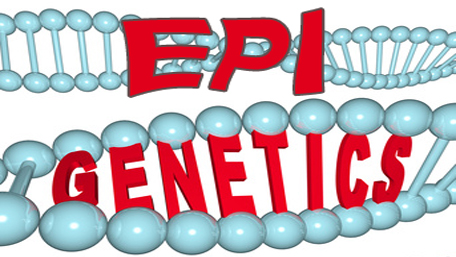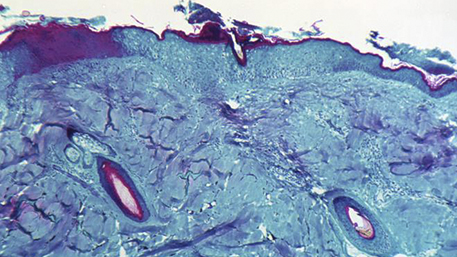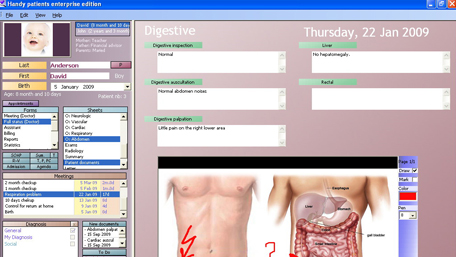
07/27/2022
Hot Topics of the Day are picked by experts to capture the latest information and publications on public health genomics and precision health for various diseases and health topics. Sources include published scientific literature, reviews, blogs and popular press articles.
Sign up MyPHGKB to receive the daily hot topic email alert.
Archived Hot Topics of the Day By Date
Analysis of Epigenetic Age Acceleration and Healthy Longevity Among Older US Women
P Jain et al, JAMA Network Open, July 27, 2022
Association of Everyday Discrimination With Depressive Symptoms and Suicidal Ideation During the COVID-19 Pandemic in the All of Us Research Program
YH Lee et al, JAMA Psychiatry, July 27, 2022
Effectiveness Associated With Vaccination After COVID-19 Recovery in Preventing Reinfection
N Lewis et al, JAMA Network Open, July 278, 2022
Monkey Pox Virus (MPXV): Phylogenomics, Host-Pathogen Interactome, and Mutational Cascade
R Kumar et al, BIORXIV, July 25, 2022
Tecovirimat is highly efficient on the Monkeypox virus lineage responsible for the international 2022 outbreak
GF Feyrat et a, BIORIV, July 20, 2022
The WHO Declaration of Monkeypox as a Global Public Health Emergency
JB Nuzzo et al, JAMA, July 27, 2022
Monkeypox declared a global emergency: will it help contain the outbreak? The window for containment is rapidly closing, researchers say.
M Koslow, Nature, July 25, 2022
Machine learning for real-time aggregated prediction of hospital admission for emergency patients
Z King et al, NPJ Digital Medicine, July 27, 2022
Rare autosomal trisomies detected by non-invasive prenatal testing: an overview of current knowledge
L Lanoo et al, EJHG, July 27, 2022
All of Us Seeks Input on Broadening Participants’ Electronic Health Record Data
All of US Research Program, July 26, 2022

Disclaimer: Articles listed in Hot Topics of the Day are selected by Public Health Genomics Branch to provide current awareness of the scientific literature and news. Inclusion in the update does not necessarily represent the views of the Centers for Disease Control and Prevention nor does it imply endorsement of the article's methods or findings. CDC and DHHS assume no responsibility for the factual accuracy of the items presented. The selection, omission, or content of items does not imply any endorsement or other position taken by CDC or DHHS. Opinion, findings and conclusions expressed by the original authors of items included in the Clips, or persons quoted therein, are strictly their own and are in no way meant to represent the opinion or views of CDC or DHHS. References to publications, news sources, and non-CDC Websites are provided solely for informational purposes and do not imply endorsement by CDC or DHHS.
- Page last reviewed:Feb 1, 2024
- Page last updated:Apr 25, 2024
- Content source:








